Deck for splitting firewood
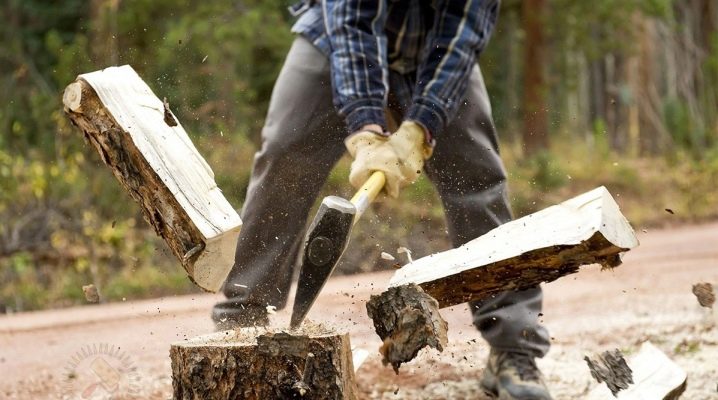
A chopping block is in the simplest case the stump of a tree that was cut down due to the fact that it is too old and threatened to fall. However, more often they use a sawed-down stump for this, from which the roots are completely cut off.

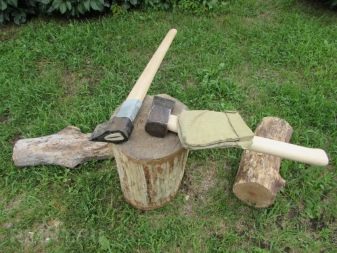
Options
The height of the deck is chosen based on the height of the person who will work on it. It is recommended to use it for chopping firewood or cutting the carcasses of farm animals with an ax separately, or rather, install two decks instead of one. An incorrect choice of height will entail insufficient force on the part of a person - he will not be able to give the ax the acceleration necessary for the required moment of force. A high deck will not allow the ax to accelerate in the hands of the worker, and a low deck is fraught with rapid back fatigue during work, frequent breaks are necessary.
The height of the deck should be such that its upper plane passes just below the line of the person's belt. The peculiarity of human anatomy is such that either of the two hands - with extended fingers - is slightly longer than the spine.
A person with normal eyesight will be able to chop wood without bending over the deck and not moving away from it excessively.
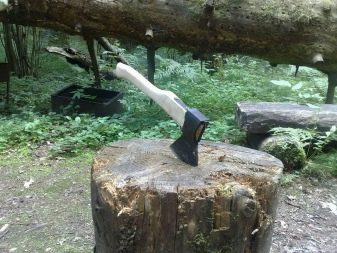

What is the best wood for the deck?
Give preference to hardwoods. Old fruit trees that have become obsolete are not entirely suitable for this purpose. It is recommended to start making a deck with the choice of wood such as oak or birch, an extreme option - for lack of the best - is acacia. If a poplar is cut down in front of your house, you have the right to ask that you be left with a piece of a trunk that can be used as a log. Often, a tall, upright poplar has a girth that is higher than a person can display.
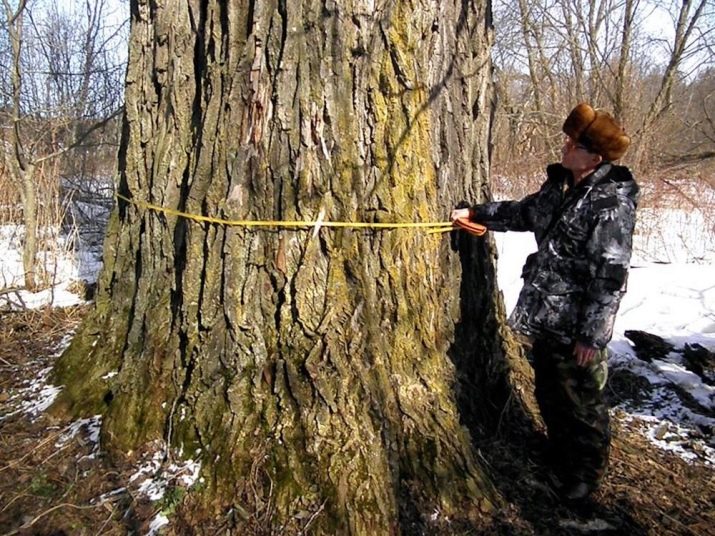
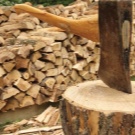
The hardness of the wood must be sufficient to withstand the chopping of any softer wood, and the log must not crack and split over time. The service life of a large log, which plays the role of a log, in conditions of frequent rains is no more than a few years. If the deck is located under a canopy and protected from rain, and its upper cut, which serves as a cutting plane, is painted, then the service life of your workplace can be 20 years or more.
Soft types of wood - for example, spruce - are not recommended for use without a harder wooden stand, which will take the blows of the ax blade if the logs are suddenly completely split.
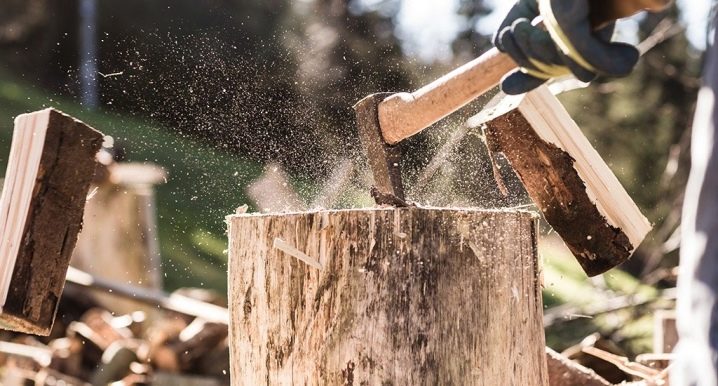
How to do it yourself?
In the simplest case, a stump for splitting firewood is a tree that you preferred to cut down for the reason that it has almost completely outlived its life. However, the dead stump, from the roots of which the lateral (daughter) shoots no longer grow, soon begins to decompose, and the dead roots will turn into dust in 2-5 years. Accordingly, this stump will only be held by its own gravity. If it is not pulled out of the ground, then the dampness will gradually "eat up" this wood material.
A self-made deck is a piece of a trunk, tied with a hoop from the ends. The strip of steel, which is used as a hoop, prevents wood fibers and tree rings, whose layers are parallel, from breaking apart into small logs and chips. For a secure grip, it is recommended to use strip steel with a thickness of at least 4 mm and a width of at least 40 mm.
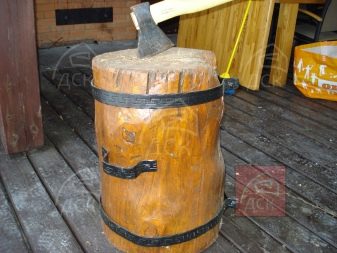

You can fasten the ends of a successful hoop together by bending them at a right (as sharp bend as possible) angle, using pre-drilling and connecting with a hairpin with nuts, press and grooving washers. In this case, the connection will be the most durable. So that the steel from which the hoops are made does not rust, it is painted with primer enamel and pentaphthalic paint, and the ends (planes) of the deck themselves can be painted with any paint - even oil. The main thing is not to let rainwater and dampness created by fog, spoil the stump-deck further.
If everything is done correctly, then the resulting device will serve you for decades. In this case, it is a kind of primitive table on which you can butcher both wood and slaughtered cattle.
Experienced craftsmen, if the deck is almost perfectly flat, use it as a substitute for a small workbench that will “endure everything”.
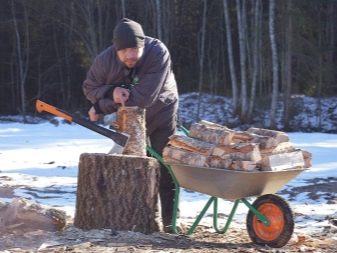

If the stump is heavy enough - it weighs about 100 kg - then it is not necessary to fix it. Chopping firewood from an initially cut log weighing up to 8 kg will not cause it to move and tilt to one side, especially when the place of its installation is ideally chosen: this deck "sits" securely in its place and will not move. But some specially equip a site for it - for example, they equip a recess in the concrete covering of the courtyard in order to use this place specifically for the deck, no matter how many of them have to be changed later.
The easiest way to fix the log is to concrete a freshly dried, recently cut stump to a depth of, for example, 25 cm, pre-treated with antiseptics and painted over with several layers of paint, adding this length to a given piece of a tree trunk (or rather, to its useful height for a person), having previously overlaid its roofing material for the sake of better waterproofing from often damp concrete. Other craftsmen fill the log from the sides and bottom with bitumen (resin) or cover it with a bitumen emulsion, leaving only the upper edge unpoured. If this deck is not supposed to butcher poultry and livestock, then the top edge can also be tarred.
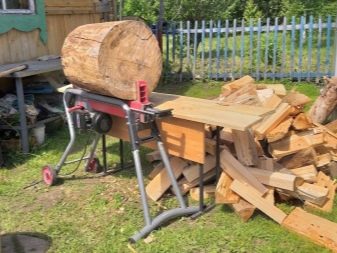
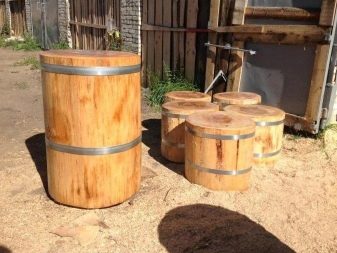
Life hack for chopping wood in the video below.



































































The comment was sent successfully.